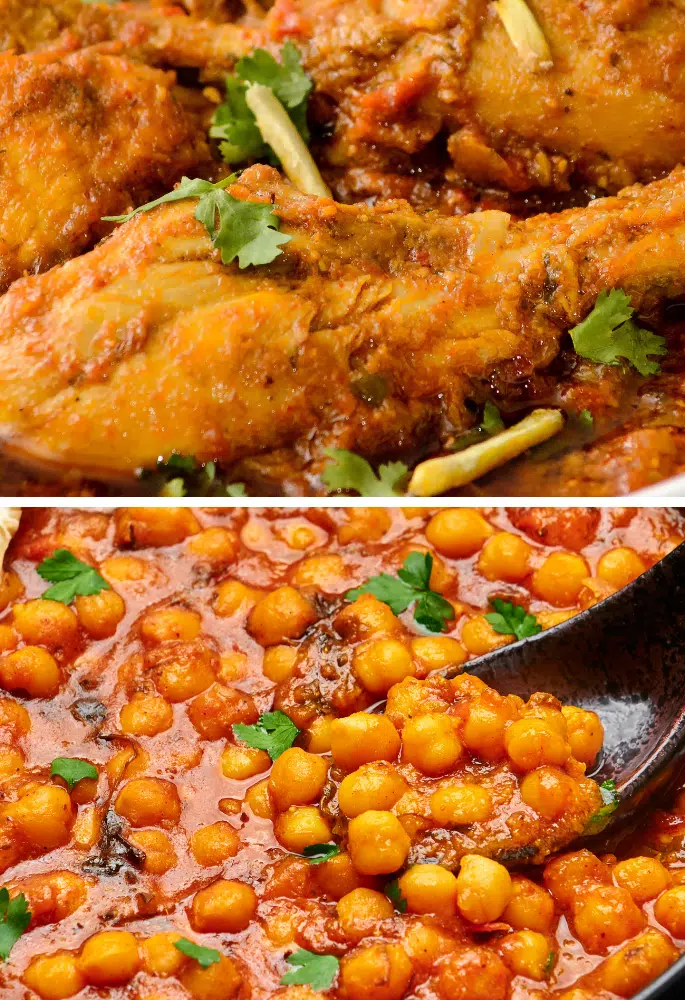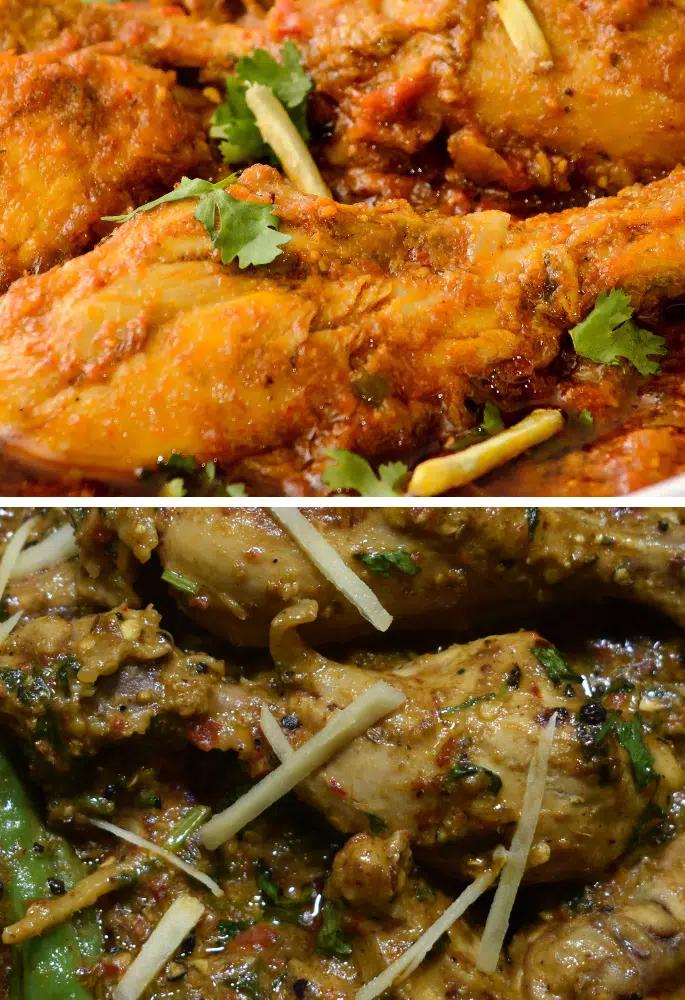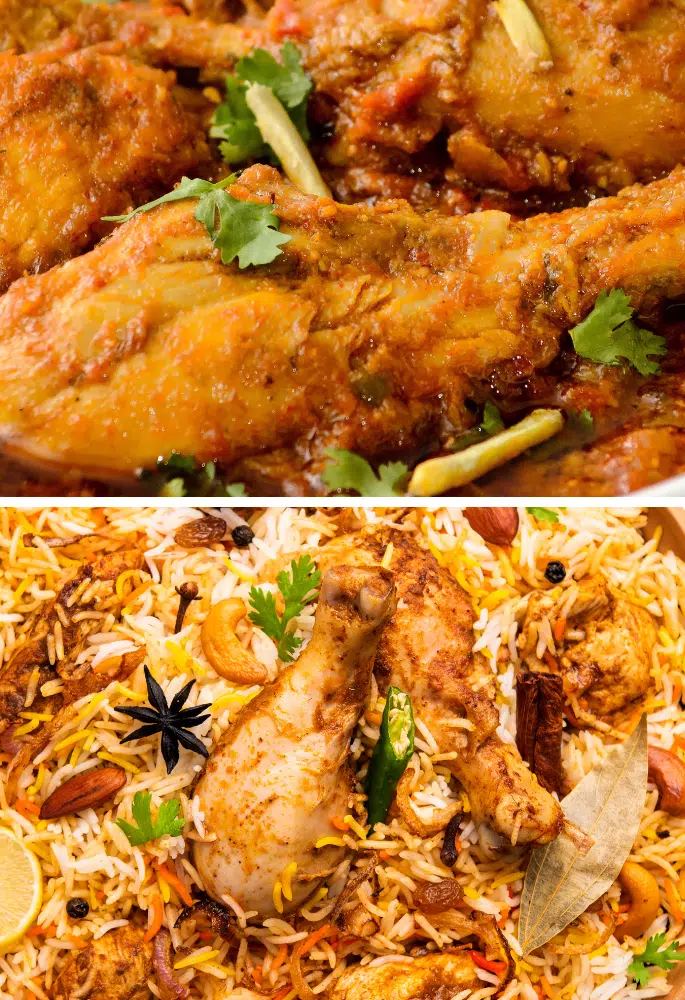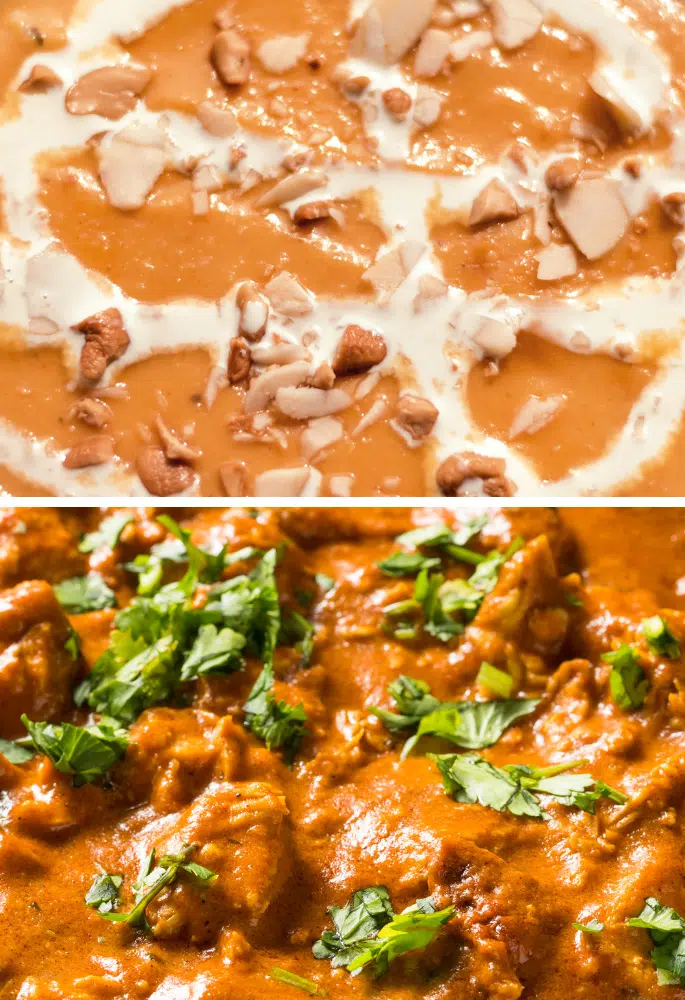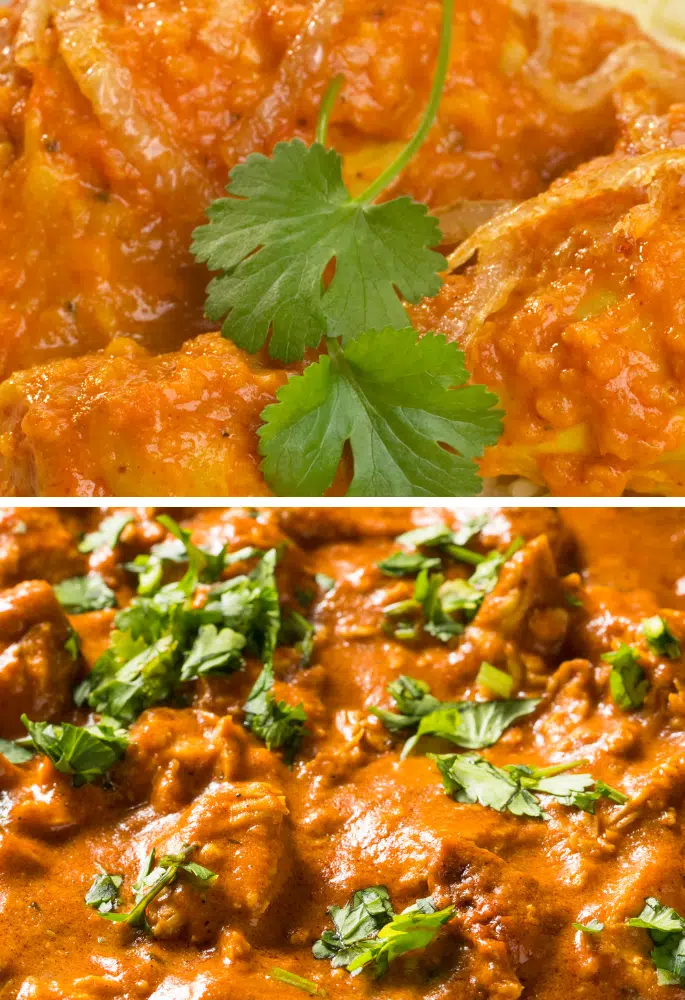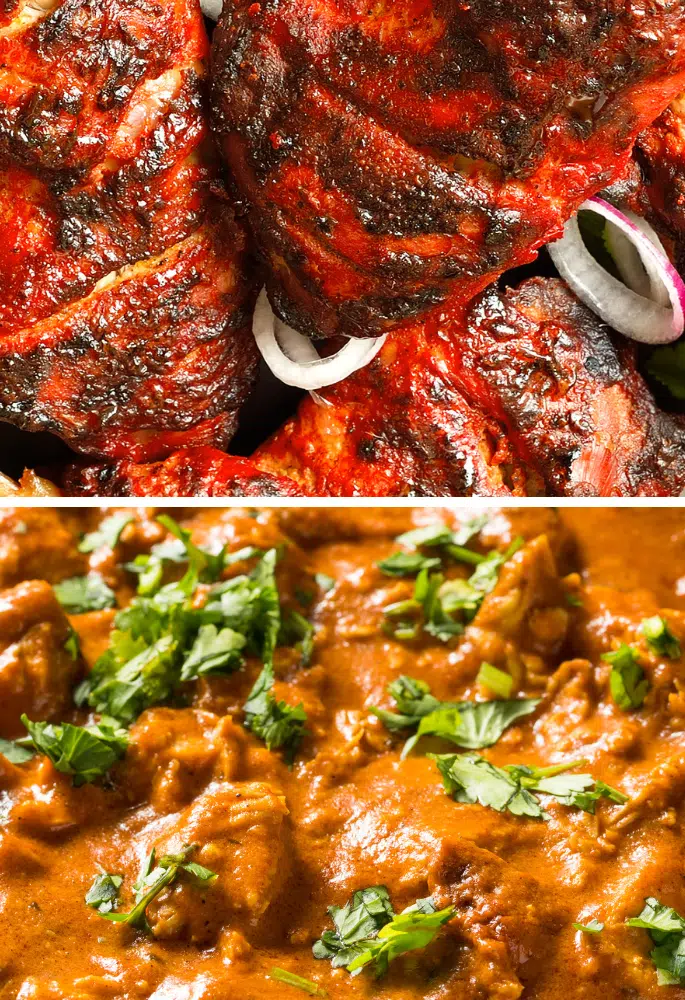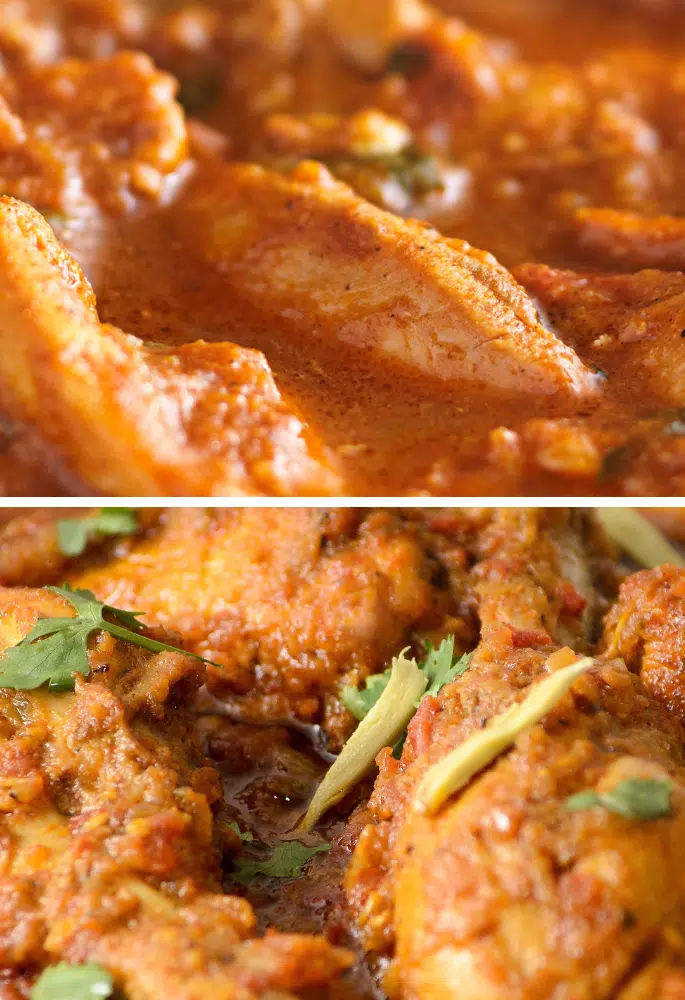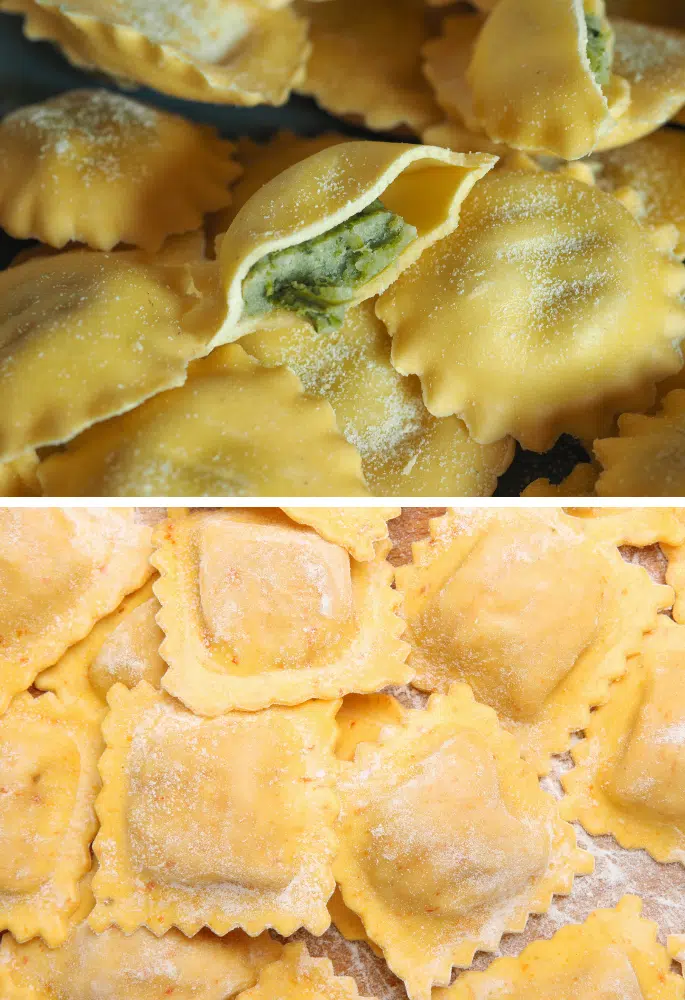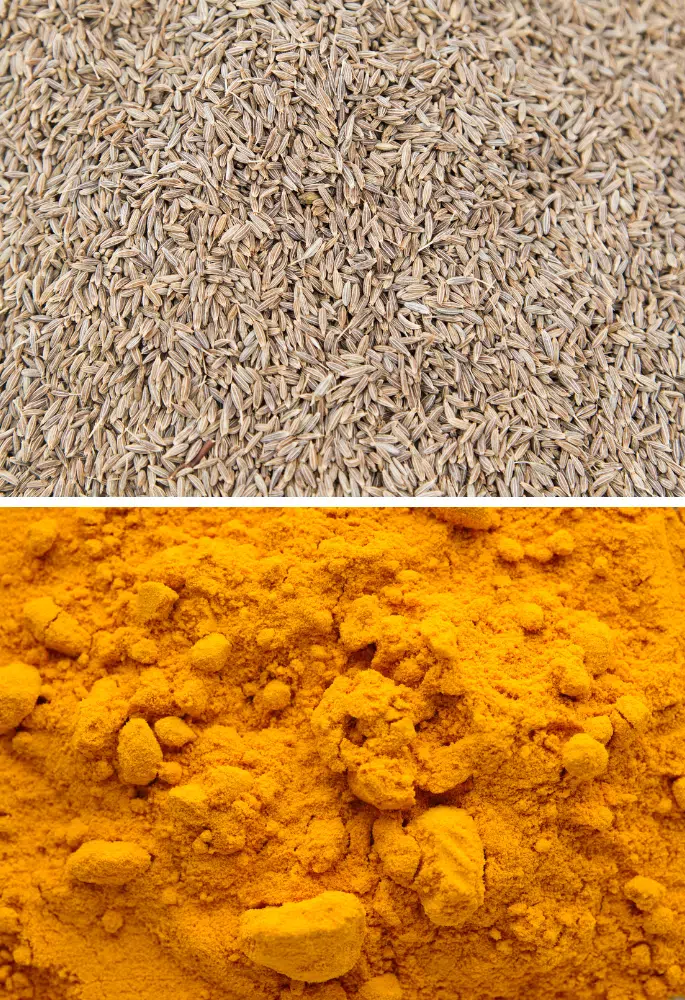Love for Indian food has spread across the west like wildfire in the past few years. There are some dishes that westerners still struggle to eat despite how delicious they are, but any deep-fried side dish is an instant go-to choice for most.
Now, nearly everyone is familiar with the moreish onion bhaji. But not everyone is as sure about onion pakoras, even though most would mistake them for each other. So, are onion bhajis and onion pakoras really that different?
At first glance, there is not much difference between an onion bhaji and an onion pakora, but there is a big difference in their taste. That is because much of the onion bhajis flavour is from the onion itself, whereas an onion pakora also includes extra seasonings.
What is an Onion Bhaji?
Whenever you order your favourite Indian takeaway or visit that delicious Indian restaurant, it is very likely that you will order a plate of onion bhajis as your go-to side dish.
Traditionally, onion bhajis are enjoyed as a starter. They are full of taste despite usually containing very few spices, even then, it is usually just turmeric, a little chilli, salt, and pepper. The result is a general spiciness.
Bhajis, as a concept, can have any kind of vegetable as its base, so long as it is finely chopped. The chopped veggies must then be covered in chickpea flour and a little water to create a thick batter ready to be deep-fried.
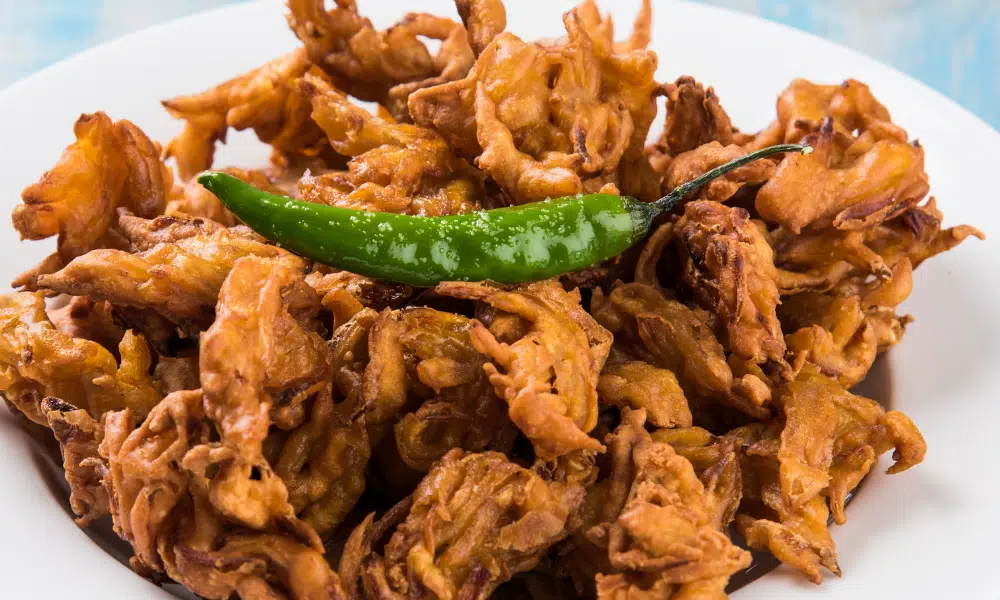
As there are minimal spices used in a bhaji, most of its flavour comes from the type of vegetable that is used. In the case of onion bhajis, the onion flavour is the prominent flavour and is clearly identifiable.
Onion is very easy to pair with a range of other flavours, though you will most often find onion bhajis served alongside brighter, tangy chutneys such as mango or lemon.
The specific flour used to make onion bhajis is a chick pea flour, better known as gram flour. This is a naturally gluten free flour, making onion bhajis gluten free. However, always double-check with the restaurant, as they may use different, cheaper flour.
What is an Onion Pakora?
Onion is not the ingredient that usually acts as the base for a pakora. In fact, in most cases, it is a kind of protein that is used, from a simple egg to a whole selection of meats (such as these chicken pakoras), shellfish or regular fish.
Of course, vegetables can be used too, with onion being one of the most popular choices.
There is no real limit to what spices can be used in an onion pakora. However, they are traditionally sold as a street food, so their typical herbs and spices are kept impactful but simple.
Turmeric and chilli are often used in onion pakoras alongside mint, ginger, and curry powder.
For ease, the base ingredients of the pakora can be chopped small, but that is not a requirement. So long as the ingredients can be covered thoroughly in thick batter and rolled into a ball shape, the preparation of the base ingredient is up to personal preference.
As for the batter itself, it is a fairly basic batter made by adding a little bit of water to some chickpea (aka gram) flour. An egg is also added to the batter before it is then refrigerated to ensure that the batter will be thick enough to form and hold a ball shape when fried.
Despite other spices working to make onion pakoras delicious, onion is still the prominent flavour of the dish. That is why onion pakoras work well alongside a range of light chutneys or are served as a snack.
Differences Between Onion Bhaji and Onion Pakora
At the end of the day, traditionally made onion bhaji and onion pakoras do have their differences, some more impactful than others on the overall eating experience:
- Added Flavour – The best way to think about an onion pakora is as an upgraded version of the onion bhaji. Seasonings are kept to a minimum in onion bhajis, whereas onion pakoras are often flavoured with various spices. Although onion bhajis can also include turmeric and other spices, they are not as present in the final taste.
- Shape – Onion bhajis are simple fritters, so they do not need to take on a specific shape. They are served however the batter develops in the deep fryer. Onion pakoras, on the other hand, are rolled into a ball shape before they are fried.
- Treatment Of Batter – For an onion pakora to maintain its rounded form when fried, the batter needs to be very thick and stable. That is why egg is usually added to the batter before it is refrigerated to make it stiffer. Onion bhaji batter, while thick, just needs to be thick enough to stick to the onion.
Similarities Between Onion Bhaji and Onion Pakora
From a non-Indian perspective, it can be easy to get onion bhajis and onion pakoras mixed up. Here are a few reasons why:
- An Onion Base – As is obvious by their name, onion bhajis and onion pakora feature one very specific ingredient… onions! Because of this, the onion flavour in both is very evident, acting as the starting flavour of the dish.
- Some Key Seasonings – Like any good dish, salt and pepper are used to season both onion bhajis and onion pakoras. However, turmeric and chili powder are often found in both types of fritters, which gives them that peppery spiciness that turmeric is known for.
- How They Are Served – Regardless of which onion dish you make, the predominant onion flavour of onion bhajis and onion pakora means that they go great with mango, mint, or any other lighter-tasting chutney. Both can also be eaten as a quick snack or appetiser.
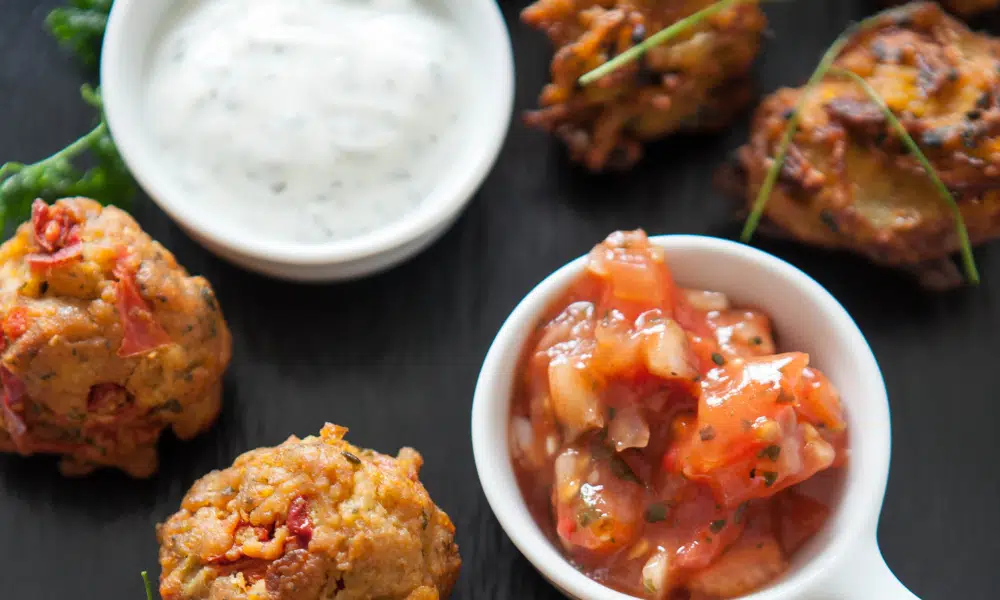
Onion Bhaji vs Onion Pakora: Which Wins?
Now you know which is which, it’s time to decide which is better. Vote in our poll below to determine which comes out on top when its onion bhaji vs onion pakora:
Do You Prefer Bhajis or Pakoras?
Onion Bhaji and Onion Pakora FAQs
When comparing onion bhaji vs onion pakora, do you have more questions? Then check these quick FAQS out:
Onion bhajis will have a different name depending on the region you’re in. They can referred to as kanda bhajia, kanda bhaji and pyaz ke pakode.
Of course! In fact, you can make bhajis with any vegetable you fancy. It’s just a name for deep-fried and battered vegetables. Red onions would work well in an onion bhaji but you may find them sweeter than usual.
Acacia may be a freelance writer by day, but they are a food fanatic by night. They are always trying out new recipes or finding different ways to elevate classical dishes. But their biggest culinary aim is to educate others on the basics of the kitchen so that they too can enjoy delicious food.


